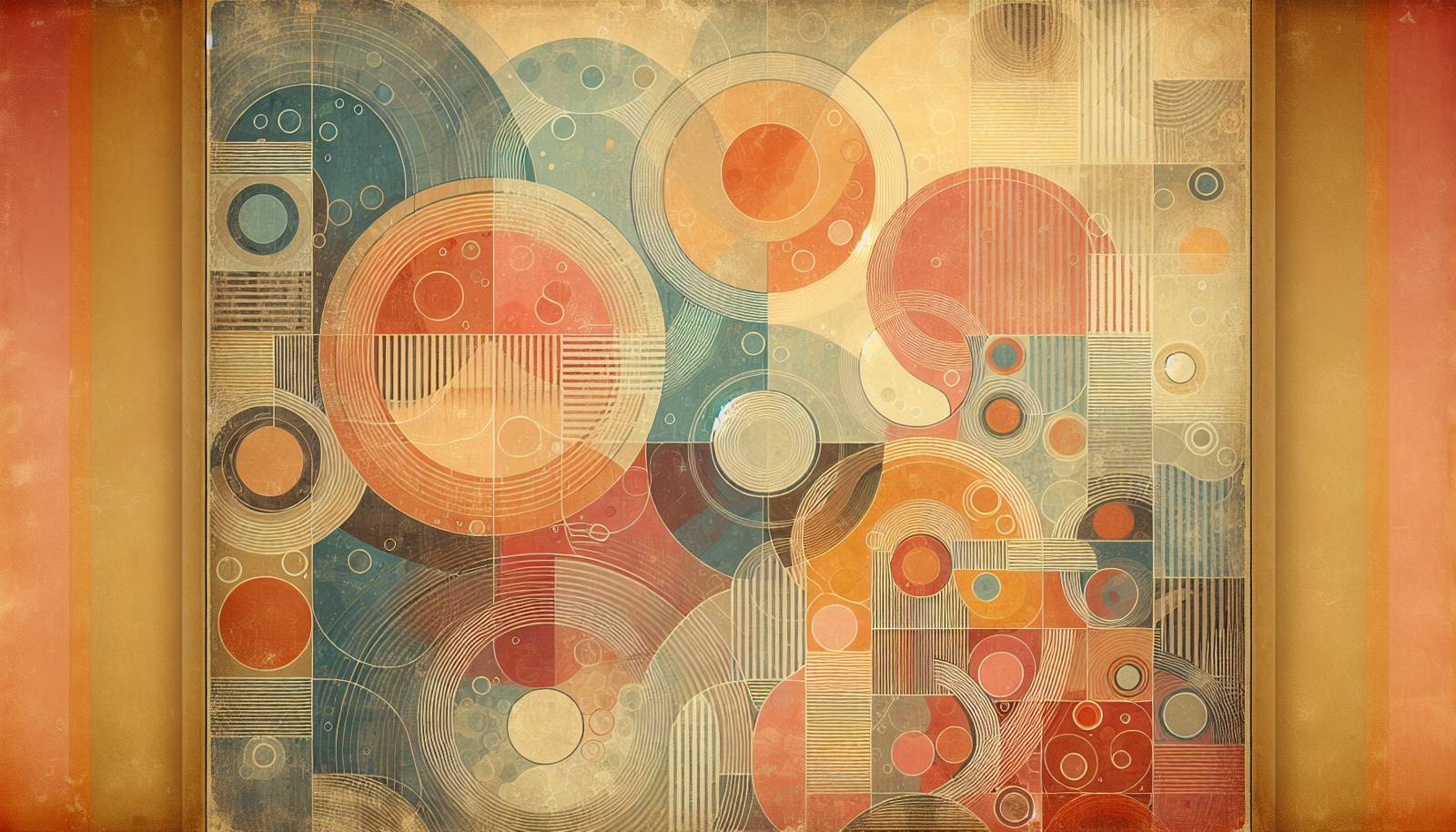
FAQ About The Role of Nostalgia in Pop Culture

What is nostalgia in the context of pop culture?
Nostalgia in pop culture refers to a sentimental longing or affectionate reminiscence for past cultural elements, such as specific time periods, fashion trends, music, films, or TV shows. This longing is often triggered by current pop culture events or creations that evoke memories of these past influences, leading individuals to seek comfort or joy in re-experiencing them.

How does nostalgia influence modern fashion trends?
Nostalgia significantly influences modern fashion trends by bringing back styles from past decades. Designers and brands often draw inspiration from previous eras, such as the 70s, 80s, or 90s, reinterpreting classic styles with a contemporary twist. This creates a sense of familiarity and comfort for consumers who have a personal connection to those times, and it can also attract younger generations intrigued by the distinct aesthetics of these eras.

Why are movie and TV reboots so popular?
Reboots of movies and TV shows are popular because they tap into the nostalgic desires of audiences who fondly remember the original productions. Reboots offer a way to reintroduce beloved stories to a new generation while giving original fans an opportunity to relive a piece of their past. They also provide studios with a safer investment, as there is often an existing fan base and an established storyline that can be revitalized.

What role does nostalgia play in consumer behavior?
Nostalgia can significantly impact consumer behavior by driving emotional connections to products and services. This sentiment can lead consumers to prioritize purchases that remind them of their past, offering comfort and satisfaction. Marketers often capitalize on these feelings by creating campaigns that evoke past memories, encouraging consumers to buy products associated with positive emotions and feelings of security.

How is nostalgia used in marketing strategies?
In marketing strategies, nostalgia is used to evoke emotional responses that create strong connections between consumers and products. Marketers may use retro packaging, bring back discontinued products, or reference iconic ads from the past. These tactics can stir feelings of warmth and familiarity, encouraging consumers to purchase based on their sentimental attachment to these nostalgic elements.

What are some examples of nostalgia in film and television?
Examples of nostalgia in film and television include reboots and continuations of popular series such as "Stranger Things," which draws on 1980s pop culture, and movies like "Jurassic World," which revives the beloved "Jurassic Park" franchise. Additionally, series like "Fuller House" explore the lives of characters from the original "Full House" show, providing a mix of new content with familiar, nostalgic elements.

How does nostalgia affect cultural memory?
Nostalgia influences cultural memory by preserving and reviving collective memories and experiences associated with specific cultural phenomena. This process maintains the relevance of past cultural icons and trends, ensuring they remain influential in shaping current and future trends. Nostalgia infuses these memories with emotional significance, strengthening their lasting impact on cultural identity.

Are there any psychological benefits to nostalgia in pop culture?
Yes, there are psychological benefits to nostalgia in pop culture. Nostalgia can evoke positive feelings, increase self-esteem, and foster a sense of social connectedness. When individuals engage with nostalgic media or trends, they often experience joy and comfort, bridging past positive experiences with the present, which can alleviate stress and improve overall mood.

Can nostalgia have negative impacts on pop culture?
While nostalgia often has positive associations, it can negatively impact pop culture by potentially stifling creativity and innovation. An over-reliance on past themes and reiterations may lead to fewer original ideas and discourage new cultural expressions. Furthermore, excessive nostalgia can hinder the appreciation of present cultural shifts by excessively idealizing past times.

How has nostalgia shaped the music industry?
Nostalgia has shaped the music industry through the revival of past genres and the resurgence of old hits in popular playlists. Artists often incorporate samples or styles from older music into their compositions, creating a bridge between generations. Additionally, the popularity of tribute bands and the reissue or remastering of classic albums exemplifies the enduring impact of nostalgia in music.

What is the 'nostalgia cycle' in pop culture?
The 'nostalgia cycle' refers to the tendency for cultural trends to be revived after a certain period, often 20 to 30 years. This cycle is observed in fashion, music, and media, where elements from a specific decade return to popularity as younger generations, who experienced them in their upbringing, grow into influential age groups. The cycle ensures that nostalgic elements are continually refreshed and kept alive in pop culture.

Why do people feel nostalgic about pop culture?
People feel nostalgic about pop culture because it is deeply intertwined with personal memories and experiences. Cultural elements such as songs, movies, or TV shows often mark significant life events or periods, providing a sentimental connection to those times. Engaging with nostalgic pop culture allows individuals to relive and cherish these memories, offering emotional comfort and a sense of continuity with the past.

How has social media amplified nostalgia in pop culture?
Social media has amplified nostalgia in pop culture by providing a platform for sharing and celebrating past cultural phenomena. Platforms like Instagram and TikTok often promote challenges, filters, and content that reference past decades, allowing users to collectively engage with memories and revive retro trends. This widespread sharing helps maintain the relevance of nostalgic elements and fosters a collective remembrance.

In what ways is nostalgia different across generations in pop culture?
Nostalgia differs across generations as each cohort has unique cultural touchstones and memories. For instance, Baby Boomers might feel nostalgic about the music of The Beatles or shows like "Happy Days," while Millennials may have sentimental ties to series like "Friends" or games from the early 2000s. Each generation’s specific cultural artifacts shape their nostalgic experiences, although the emotional connection that nostalgia provides remains similar across age groups.

How do creators balance nostalgia with originality in pop culture?
Creators balance nostalgia with originality by blending familiar elements with new ideas. This might involve updating a nostalgic storyline with contemporary themes or modern production techniques while maintaining elements that originally resonated with audiences. They aim to appeal to both the older fans who seek nostalgia and new audiences looking for innovative content, ensuring a broad and inclusive appeal.

What is 'retro' in relation to nostalgia and pop culture?
'Retro' in pop culture refers to the revival or imitation of styles, trends, and cultural elements from the past. While nostalgia describes the emotional connection to the past, retro often denotes the aesthetic or stylistic choices that deliberately hark back to earlier decades. This can be seen in fashion, music, art, and even technology, where retro influences bring an element of the past into the present context.

How do corporations benefit from nostalgia in pop culture?
Corporations benefit from nostalgia in pop culture by leveraging emotional connections to drive sales and brand loyalty. By reissuing popular products from the past or creating marketing campaigns that evoke nostalgia, companies can tap into consumer’s positive memories associated with their products. This strategy not only boosts sales but also reinforces brand identity by associating it with cherished cultural moments.

How does nostalgia impact the creation of video games?
Nostalgia impacts video game creation through remakes and re-releases of classic titles, often with enhanced graphics and features. Game developers might include retro aesthetics or references in modern games to appeal to players' sentimental attachments from their gaming past. Additionally, retro-styled indie games draw inspiration from classic game designs, resonating with both older gamers and new audiences who appreciate simpler styles.

What is the relationship between nostalgia and cultural identity?
Nostalgia and cultural identity are closely linked, as nostalgic elements often reinforce shared cultural experiences that contribute to a sense of identity. By revisiting and celebrating past cultural elements, communities can reinforce cultural pride and continuity. This shared nostalgia fosters a collective identity, uniting individuals around common memories and experiences that define their cultural heritage.

What challenges do artists face when integrating nostalgia in their work?
Artists face several challenges when integrating nostalgia, including the risk of alienating new audiences or overly relying on past ideas, which can limit creativity. Balancing the expectations of audiences who have strong attachments to original works with the desire to innovate can be difficult. Additionally, they must consider how to incorporate nostalgic elements authentically without appearing solely profit-driven.
